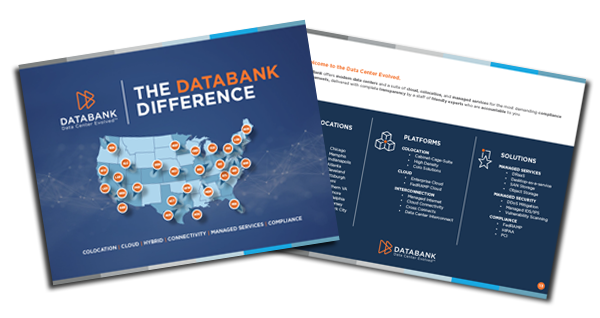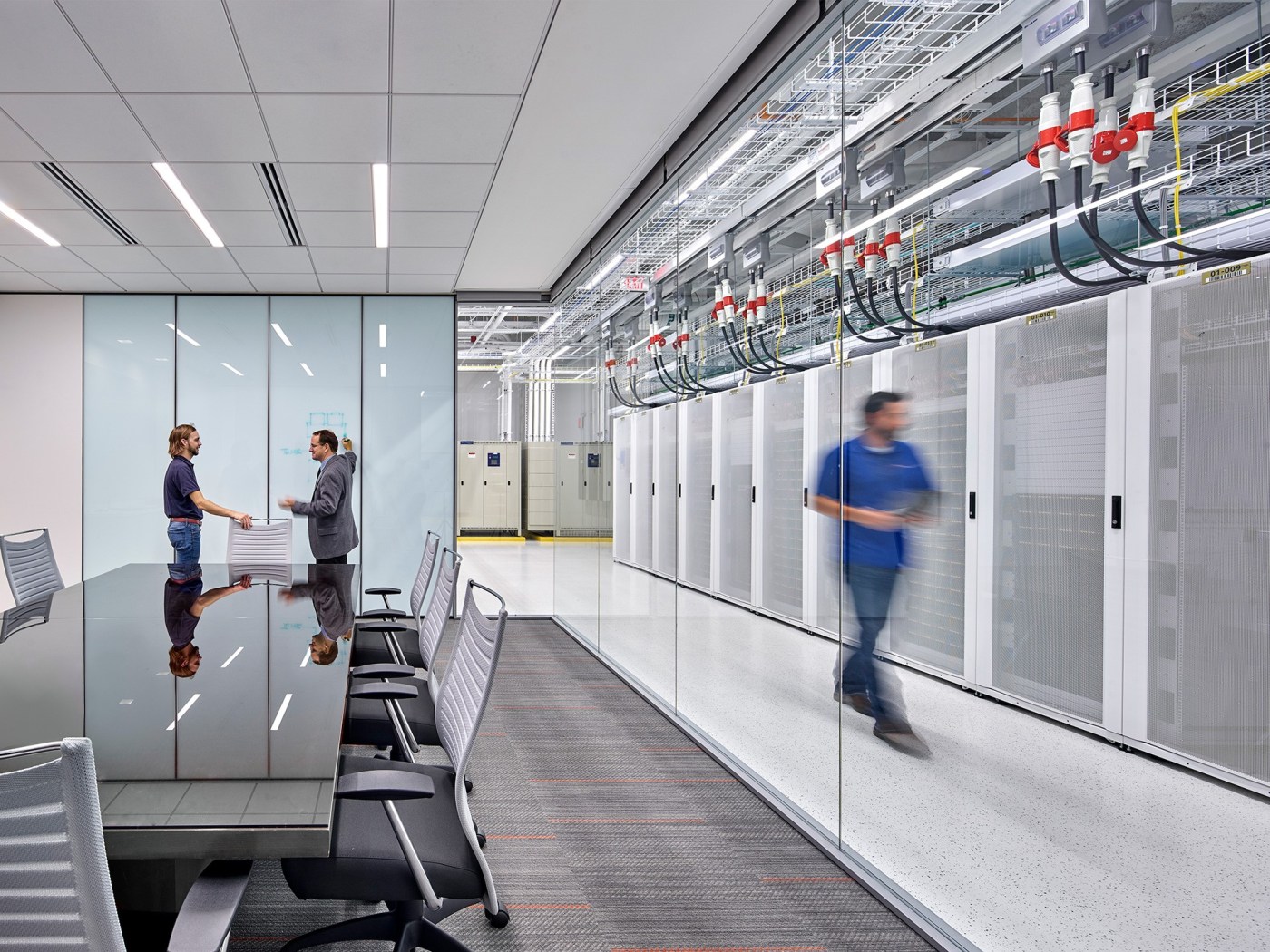In the ever-evolving landscape of cloud computing, businesses are always looking for solutions that align with their needs for performance and security. With bare metal cloud stepping onto the stage, a new option has presented itself in a way that really benefits businesses. To help users get a better understanding of not only bare metal cloud but also the best ways to utilize it, we’ve put together a comprehensive guide that will empower any business looking to improve their cloud infrastructure.
What is Bare Metal Cloud?
To get started, let’s get a clear idea of what bare metal cloud actually is. Essentially, physical servers provide users with a dedicated cloud. Many other cloud services have clients sharing the same server. Bare metal cloud sets itself apart by keeping a one-on-one relationship between the server and the cloud as well as the service and the client. So, your server is yours alone. That’s not only great for security, but it also eliminates network issues, known as the “noisy neighbor” effect.
Bare Metal Cloud Features
Performance
When it comes to the interworking of a company, a top priority is always going to be reliability. A company wants its target audience to be able to rely on them and the only way that can be done is if trustworthy services like bare metal cloud are in place. Since there are no risks of a drag on the network, users have access to the full computing power of the cloud. This is particularly beneficial for companies that have applications that require heavy use of resources.
Security
Security is a paramount concern for businesses across industries. Bare metal cloud goes beyond traditional cloud services by dedicating one server per client. This greatly reduces the risk of data breaches in a virtual environment with this no-sharing policy.
Customization
Many businesses feel comfortable using pre-designed templates when it comes to setting up. However, depending on the industry you’re in, it makes more sense to have someone go in and manually tweak the settings. Bare metal cloud allows, if not encourages, users to get in there and be responsible for meeting their needs. Hardware specifications where you need them to be means the system can keep up with the workload,
Compliance
If your company routinely needs sensitive data, it’s likely that the industry has implemented a compliance process. Thanks to the customization options, users have the ability to meet compliance standards with bare metal cloud.
Costs
With the enhanced features that go along with bare metal cloud, it’s not surprising that the service might be on the higher end of what a company would like to spend. Traditional clouds are built to scale up to keep prices lower. Bare metal cloud is tailored to the individual company, which means no corner cutting. There’s also no price fluctuation.
Implementing Bare Metal Cloud: Considerations and Steps
Okay, so now that you have a better understanding of bare metal cloud and what makes it an enticing option for any business, you may have some additional questions about the process. Here are some things to consider before making the move.
Workload
When was the last time you sized up the workload of your current servers? This is a good opportunity to take a look at the functionality of your applications and how heavy they are on the resources available. This will help you strategize how to best utilize bare metal cloud for the company’s needs.
Resources
While analyzing the software workload, check into the hardware, too. What parts of the machine are used the most? That info will help when setting up in the cloud.
Scalability
As a company, the hope is always growth. Once you’ve got the perfect working server, the business has blueprints on how to keep the success going as things branch out. The settings enable you to adjust to work smoothly with changing workloads.
Providers
Before signing up with a provider, take some time to research. There are companies that use their wording to imitate bare metal cloud but are actually just traditional cloud services. Feel free to ask questions such as where the data centers are located or how easy is it to get a hold of customer service. This is an upgrade and should feel like one from the product to the people.
Data Migration
When it’s time to make the move, get the team together for a strategy session. Having all existing workloads transition safely to the new cloud environment will save many headaches later. Plan for downtime, compatibility, and data integrity.
Security Measures
While security is one of the favorite features of bare metal cloud, users should still have security measures put in place within the applications and data. Regular security audits are a good tool to make sure internal safeguards are working.
Use Cases of Bare Metal Cloud
Bare metal cloud can be useful in a variety of industries, see examples below.
High-Performance Computing
Heavy workloads require heavy resources. Science, engineering, data analysis, and others rely heavily on the high performance of bare metal cloud to run consistently.
Data Analytics
Many companies require an unfathomable amount of data to be processed regularly and swiftly to keep up with a demanding infrastructure. Those needs do not phase bare metal cloud.
Content Delivery Networks
News happens at the speed of light these days and it’s being produced that quickly across the globe. Having a dedicated server makes for a united user experience for everyone participating.
Gaming
Many popular consoles and gaming companies are utilizing streaming as a way to get more players involved. Reaching the masses requires a system that can handle the workload as well as one that isn’t prone to freezing.
Related Resources:
What Is Bare Metal As A Service?
Bare Metal vs VM – What You Should Consider




